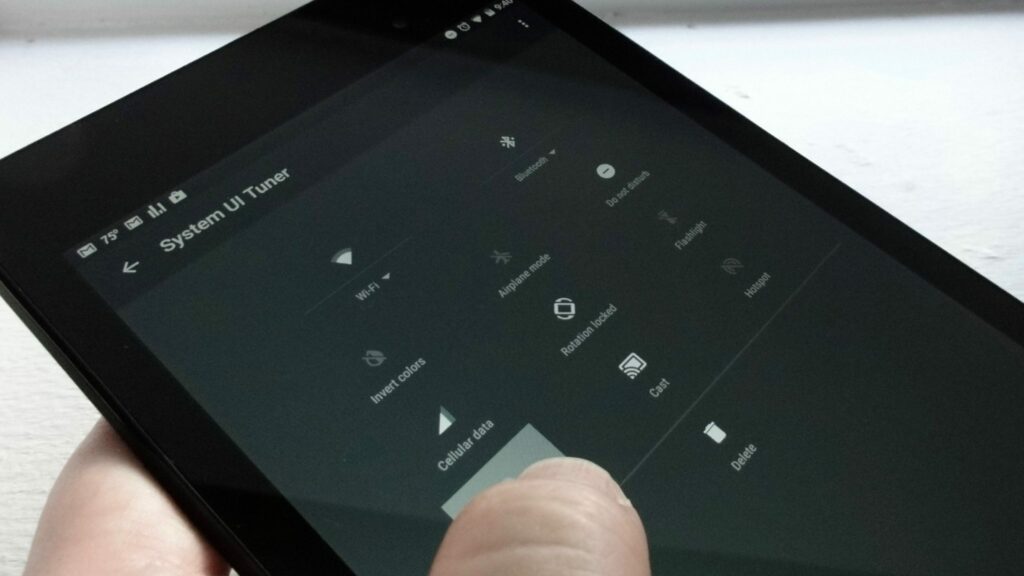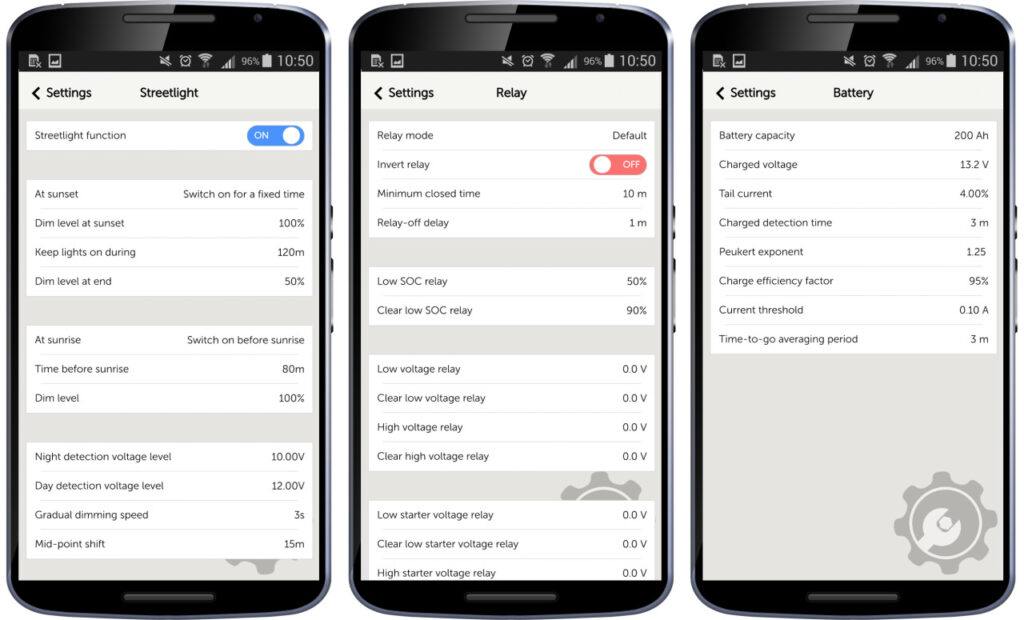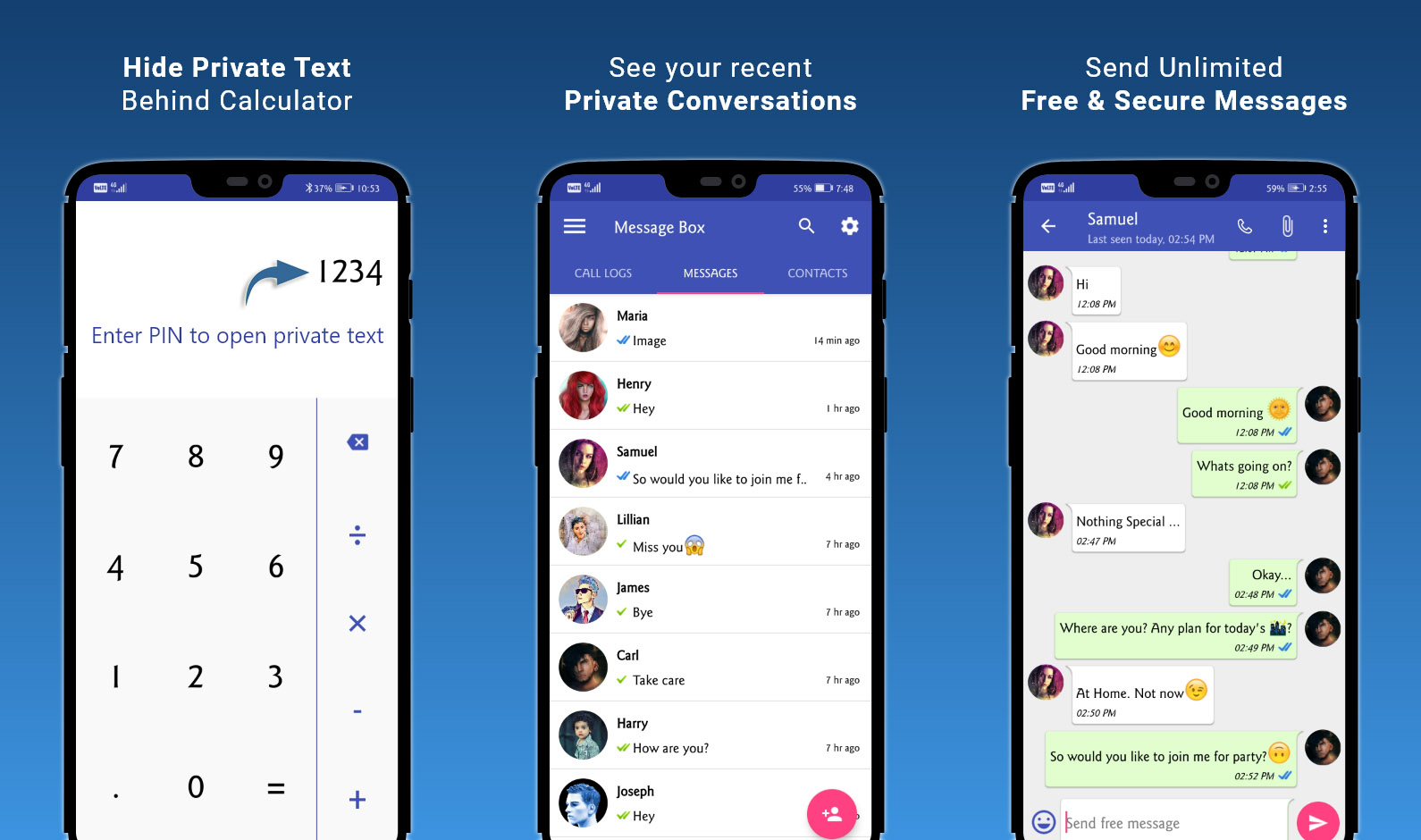In today’s digital age, smartphones have become an integral part of our lives, and Android devices, with their flexibility and wide range of customization options, offer a unique opportunity for users to personalize their experience. Android customization allows you to transform the look and feel of your device, enhancing its functionality and reflecting your personal style. Whether you’re a tech enthusiast looking to explore advanced modifications or a beginner eager to give your Android device a fresh new look, this beginner’s guide to Android customization will provide you with the essential knowledge and steps to get started.
The guide will cover various aspects of Android customization, including interface customization, exploring custom ROMs, modifying system settings, and optimizing performance and battery life. By understanding the benefits of customization and preparing your device accordingly, you’ll be able to unleash the full potential of your Android device and make it truly your own. From changing wallpapers and icons to installing custom launchers and ROMs, this guide will empower you to tailor your Android experience to suit your preferences and needs.
However, it’s important to note that Android customization often involves advanced techniques and may carry some risks, such as voiding warranties or potentially damaging your device. It’s crucial to exercise caution, follow proper instructions, and make necessary backups before proceeding with any customization. With that in mind, let’s dive into the exciting world of Android customization and unlock the possibilities that await you.

Understanding Android Customization
Android customization refers to the process of personalizing and modifying various aspects of the Android operating system and user interface to suit individual preferences. It allows users to go beyond the default settings and features provided by the device manufacturer and tailor their Android experience to their liking. From changing the device’s appearance to altering system settings and functionality, Android customization offers a wide range of options for users to customize their devices according to their unique tastes and needs.
The benefits of customizing your Android device are numerous. Firstly, customization provides a chance to express your personal style and make your device stand out from the crowd. By selecting custom launchers, icon packs, and themes, you can transform the visual elements of your device, giving it a distinct look and feel. Additionally, customization enhances usability and convenience. You can arrange your home screen, widgets, and app icons in a way that suits your workflow and makes accessing frequently used apps or information quicker and more efficient.
Moreover, Android customization empowers users to optimize their device’s performance and functionality. By exploring custom ROMs, users can unlock advanced features, install the latest Android versions on unsupported devices, and enjoy additional customization options not available in the stock operating system. Customization also allows users to tweak system settings, such as fonts, animations, and notification preferences, to create a personalized user experience that aligns with their preferences and usage patterns. Overall, Android customization offers a world of possibilities for users to truly make their devices their own and enhance their overall Android experience.
Preparing Your Device for Customization
Rooting refers to the process of gaining administrative privileges on your Android device, allowing you to access and modify system files and settings that are typically restricted. Unlocking, on the other hand, involves removing carrier or manufacturer restrictions that limit your device’s capabilities, such as installing custom ROMs. Rooting and unlocking your device provide you with greater freedom and control over customization options. However, it’s important to note that these processes can void warranties and carry risks, so it’s crucial to research and follow reliable guides specific to your device to ensure a successful and safe rooting or unlocking process.

Customizing your Android device involves making changes to the system, which can sometimes lead to unexpected issues or data loss. Therefore, it is crucial to create comprehensive backups of your device before proceeding with any customization. Backing up your data ensures that you have a copy of your important files, apps, settings, and personal data stored securely in case anything goes wrong during the customization process. You can utilize built-in backup features provided by Android, such as Google Backup or third-party backup apps, to safeguard your data. It’s also recommended to transfer your backups to an external storage device or cloud storage for added protection. Taking these precautionary steps will provide you with peace of mind and a safety net in case you need to restore your device to its previous state.
By rooting and unlocking your device while also performing comprehensive backups, you’ll be well-prepared to venture into the world of Android customization. These essential steps ensure that you have the necessary access and safeguards to modify your device with confidence, knowing that your data is protected and you have the freedom to explore the full potential of your Android device.
Customizing Your Android Interface
Launchers are applications that control the home screen layout and app drawer of your Android device. They provide an alternative interface and allow you to customize the appearance, gestures, and functionality of your device. By selecting and installing custom launchers from the vast array available on the Play Store, you can completely change the look and feel of your home screen, including the number of home screens, app grid size, and transition effects. Custom launchers offer extensive customization options, such as icon resizing, advanced widgets, and gesture controls, enabling you to create a truly personalized user experience.
Icon packs and themes are an excellent way to give your Android device a fresh and cohesive visual makeover. Icon packs replace the default app icons on your home screen and app drawer with a variety of unique and stylish designs. You can choose from a wide range of icon packs available in the Play Store, each offering its own aesthetic and style. Themes, on the other hand, provide a comprehensive visual overhaul by altering not only the app icons but also the system colors, wallpapers, and interface elements. By exploring and experimenting with different icon packs and themes, you can transform your device’s visual appearance to match your personal taste and preferences.
Widgets are interactive elements that can be placed on your home screen to display information or provide quick access to specific app features. Customizing widgets allows you to personalize your device further and tailor it to your needs. You can resize and reposition widgets, choose different widget styles, and even download third-party widgets for more advanced functionality. Additionally, changing wallpapers is a simple yet effective way to breathe new life into your device. Android offers a wide variety of wallpapers, including live wallpapers that react to touch or movement. By selecting wallpapers that resonate with your style or interests, you can add a visually appealing and personalized touch to your device’s home and lock screens.
Exploring Custom ROMs
Custom ROMs are alternative versions of the Android operating system developed by independent developers or communities. They are built based on the Android Open Source Project (AOSP) and often come with additional features, performance optimizations, and customization options not found in the stock ROM provided by the device manufacturer. Custom ROMs can provide a fresh and updated Android experience, even for older devices that may no longer receive official updates from the manufacturer.

There are numerous sources to find custom ROMs for your specific device. Online forums, dedicated websites, and developer communities are excellent places to start your search. It’s crucial to find a reputable source and ensure that the custom ROM you choose is compatible with your device model and variant. Once you have identified a suitable ROM, the installation process typically involves unlocking your device’s bootloader, installing a custom recovery, and flashing the ROM through the recovery. However, it’s important to note that installing custom ROMs requires technical knowledge and carries risks, such as potential data loss or device instability, so it’s essential to carefully follow the provided instructions and backup your data before proceeding.
Custom ROMs open up a world of possibilities for customization. They often come with extensive customization options, allowing you to tweak system settings, customize the user interface, and even enable features not available in the stock ROM. Custom ROMs can provide a seamless user experience, improved performance, and access to the latest Android updates, even for devices that have reached the end of their official support. Additionally, many custom ROMs offer the ability to install additional modules or mods, further expanding customization options and functionality. With custom ROMs, you have the opportunity to tailor your device’s software experience to suit your preferences, taking Android customization to a whole new level.
Modifying System Settings
Android allows you to change the system font to suit your preferences and give your device a unique look. By accessing the display settings, you can select from a range of pre-installed fonts or even download and install custom fonts from the Play Store. Additionally, modifying system animations can enhance the overall user experience. Android provides options to adjust animation scales, such as transition animations and window animations, allowing you to speed up or slow down the visual effects, giving your device a more responsive or smoother feel.
Notifications play a crucial role in keeping you informed about incoming messages, emails, app updates, and more. Android provides extensive notification settings to customize how and when you receive notifications. You can fine-tune notification preferences for each app, including choosing the notification style, sound, vibration, and even the ability to prioritize or mute certain app notifications. By adjusting these settings, you can manage your notifications more efficiently and minimize interruptions while ensuring important alerts still grab your attention.
The lock screen serves as the first line of defense for your device’s security. Android offers a range of lock screen options, including PIN, pattern, password, or biometric authentication methods like fingerprint or face recognition. By accessing the security settings, you can configure and customize the lock screen to meet your security needs. Additionally, Android provides various security features like Find My Device, which allows you to locate and remotely lock or erase your device if it gets lost or stolen. Exploring and adjusting these security options ensures that your device is protected while giving you the flexibility to choose the level of convenience and security that suits your preferences.
Tweaking Performance and Battery Life
Background processes and apps running in the background can consume valuable system resources, impacting device performance and draining battery life. Android provides tools to manage these processes efficiently. By accessing the device’s settings and reviewing the running apps, you can identify and close unnecessary background processes, freeing up system resources and improving performance. Additionally, utilizing battery optimization features, such as the ability to restrict background activity for certain apps, can help reduce battery drain caused by resource-hungry apps.
Android offers several optimization features to enhance device performance. One key aspect is managing device storage by regularly cleaning up unnecessary files and apps. By clearing cache data, removing unused apps, and organizing files, you can free up storage space and improve device responsiveness. Another performance optimization technique is utilizing developer options. Enabling options like Force GPU rendering or adjusting animation scales can result in smoother and faster performance. It’s important to note that developer options should be used with caution and only by users with adequate technical knowledge.

Battery life is a crucial aspect of any mobile device. Android provides various options to extend battery life. One effective method is adjusting screen brightness and screen timeout settings to reduce power consumption. Enabling battery-saving modes, such as Power Saving or Battery Saver, can also restrict background activities and optimize power usage. Additionally, you can utilize third-party battery management apps to gain more control over power-hungry apps and receive recommendations on further battery-saving practices.
Conclusion
In conclusion, Android customization offers a wealth of opportunities for users to personalize and optimize their Android devices. By understanding the various aspects of customization, such as interface customization, exploring custom ROMs, modifying system settings, and tweaking performance and battery life, you can unlock the full potential of your Android device and create a tailored user experience.
From changing the visual elements of your device through custom launchers, icon packs, and themes, to exploring the vast world of custom ROMs that offer advanced features and customization options, Android customization allows you to make your device truly unique. Additionally, modifying system settings and optimizing performance and battery life enable you to fine-tune your device to align with your preferences, maximizing its efficiency and usability.
It’s important to approach Android customization with caution and proper knowledge, following instructions and taking necessary precautions to avoid any potential risks or issues. Whether you’re a beginner or a tech enthusiast, this beginner’s guide has provided you with a foundation to embark on your Android customization journey. So, unleash your creativity, experiment with different customization options, and make your Android device a reflection of your individuality and style. Enjoy the process of personalizing your device and embracing the limitless possibilities of Android customization.





Add comment